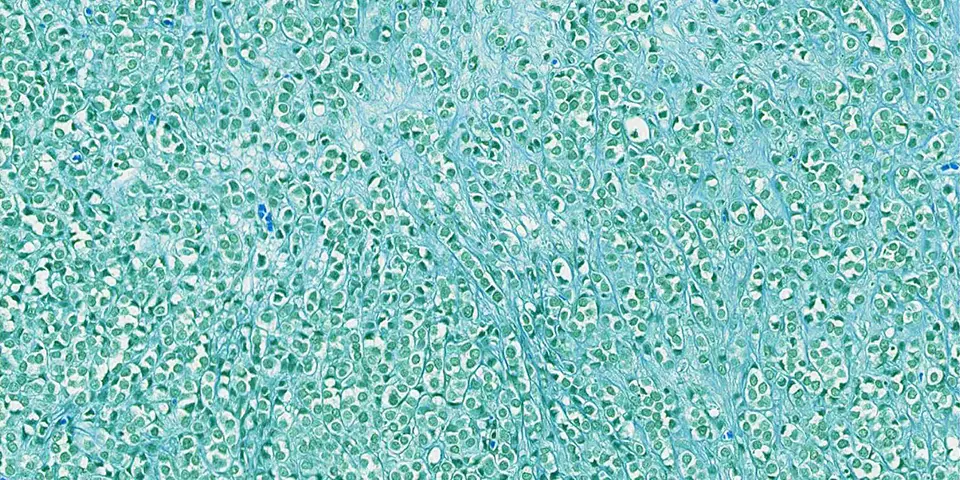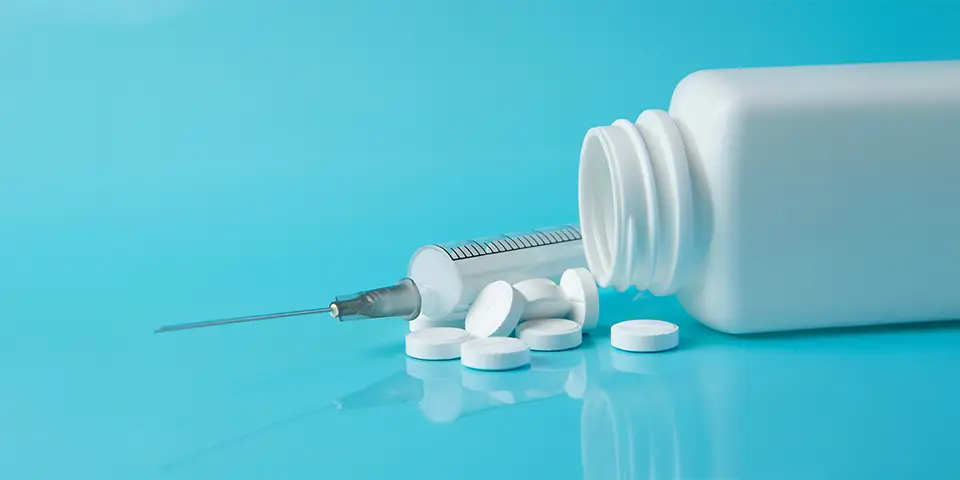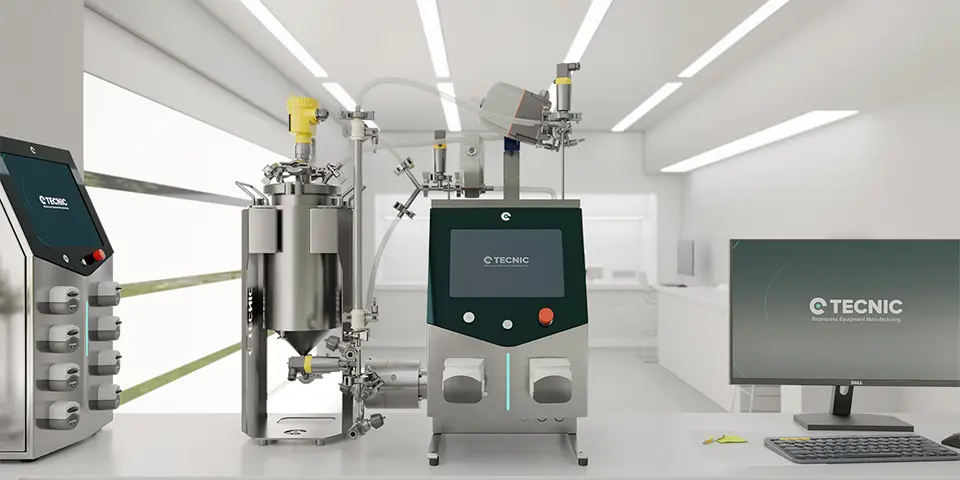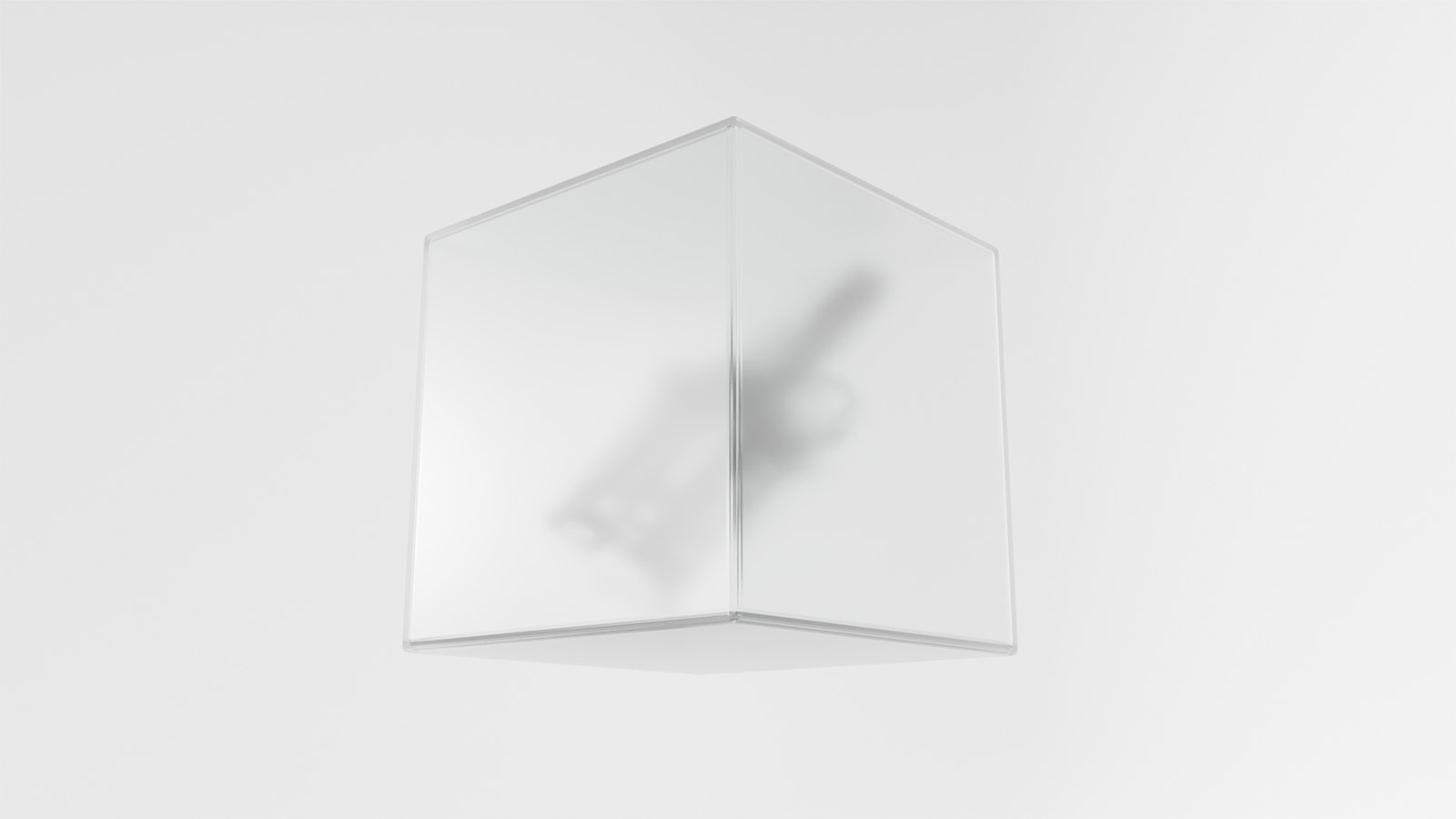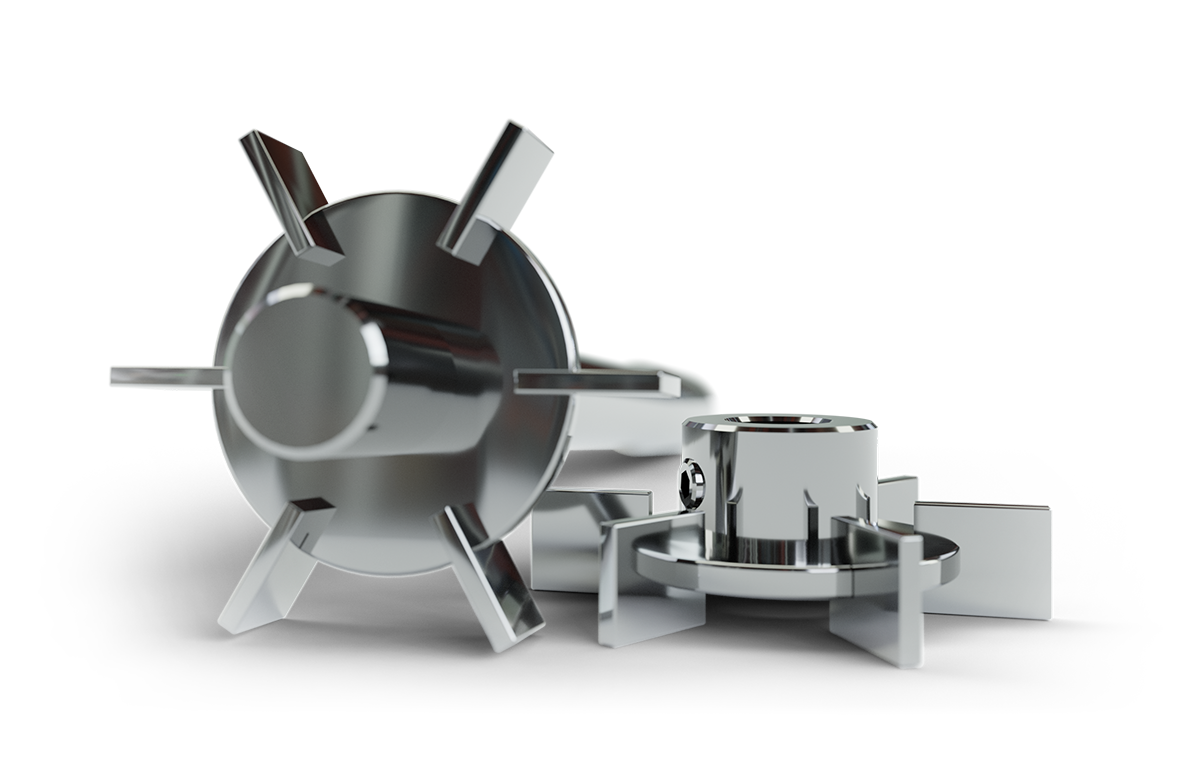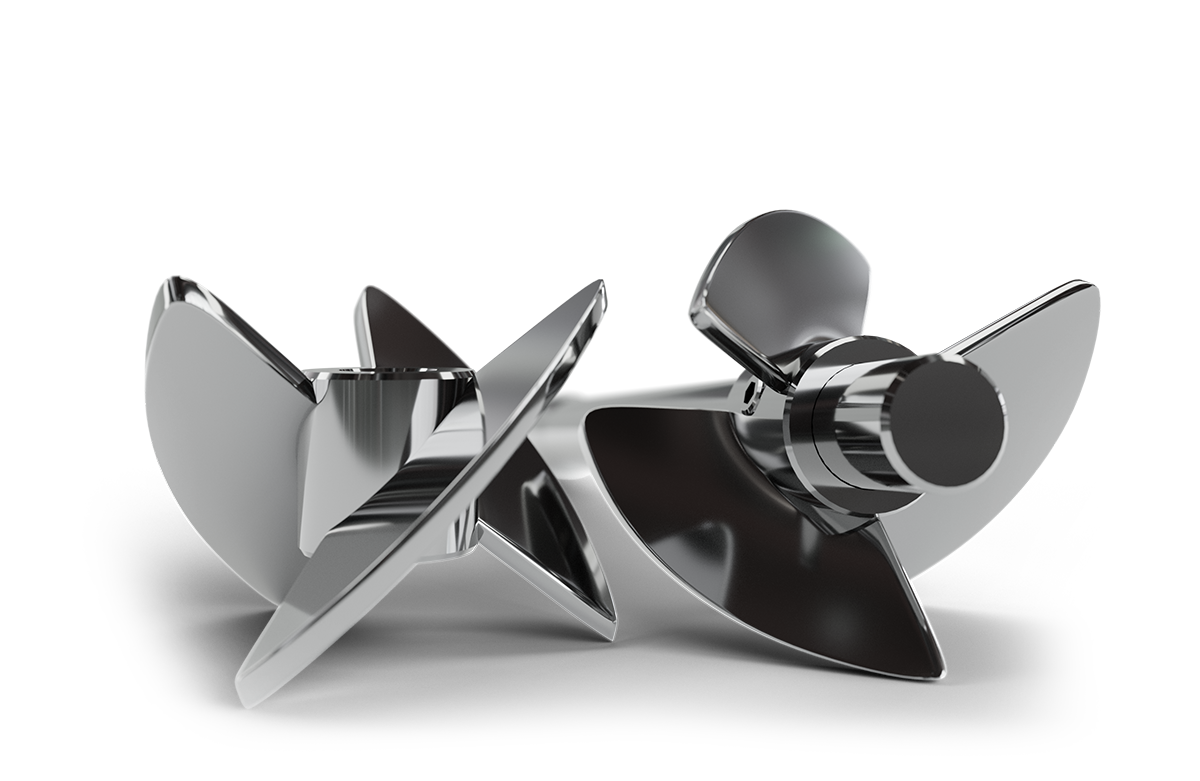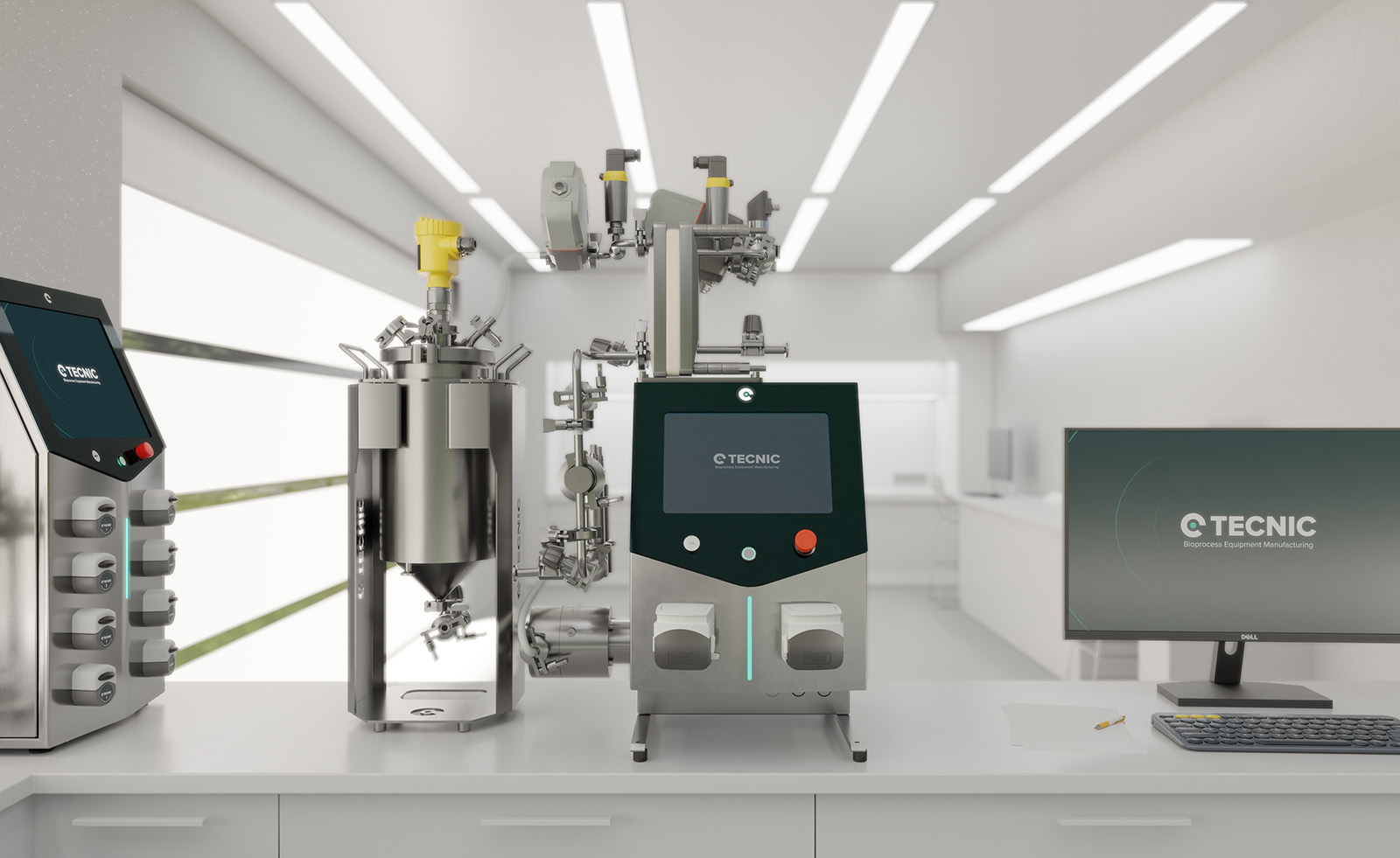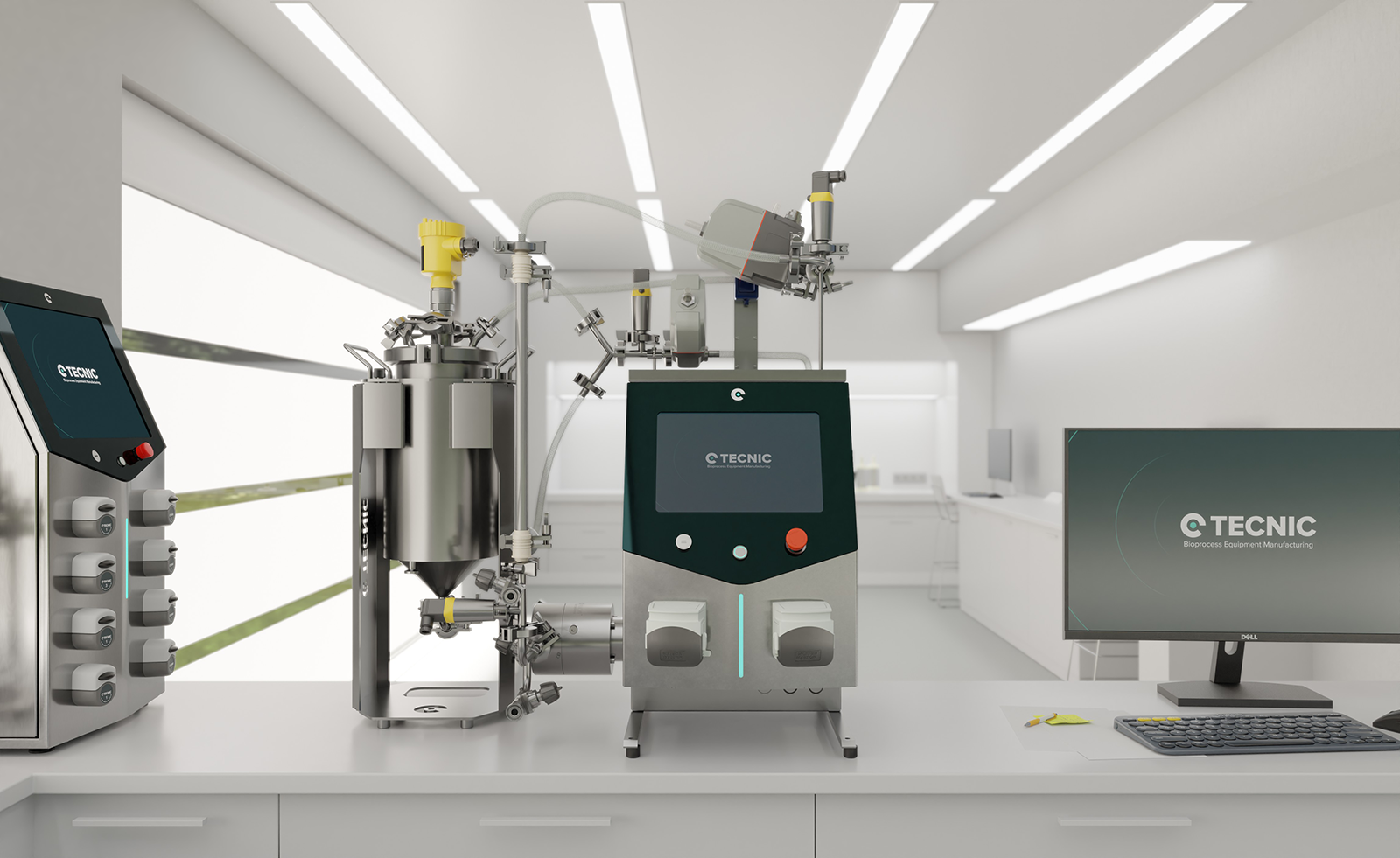Throughout history, several women scientists have been awarded the Nobel Prize for their research and discoveries in science and medicine. From radioactivity to gene editing, these women have transformed knowledge and technology. Here is a chronology of the most influential women researchers who have received this prestigious award and their impact on science.
Marie Curie - 1903 and 1911
Marie Curie was the first woman to receive a Nobel Prize and the only woman to win it in two disciplines. In 1903, she was awarded the prize for physics, along with her husband Pierre Curie and Henri Becquerel, for their studies on radioactivity, a phenomenon that revolutionised physics and medicine. Thanks to her work, the first applications of radiation in the diagnosis and treatment of cancer were developed. In 1911, she won the Nobel Prize in Chemistry for the discovery of radium and polonium, two elements that opened the door to radiotherapy, used today in oncology. Her legacy includes the founding of the Curie Institute, one of the world's leading cancer research centres.
Gerty Cori - 1947
Gerty Cori became the first woman to win the Nobel Prize for Medicine for her work on carbohydrate metabolism. Together with her husband Carl Cori, she described the ‘Cori Cycle’, which explains how the human body transforms glycogen into glucose to produce energy. Her research was fundamental to the understanding of diseases such as diabetes and has served as the basis for the development of modern treatments. In addition, her work influenced the biology of the human body.
Rosalyn Yalow - 1977
Rosalyn Yalow revolutionised medicine with the development of the radioimmunoassay (RIA), a technique that made it possible to measure very low concentrations of hormones and other substances in the blood. This breakthrough enabled the early detection of hormonal diseases, such as diabetes, and improved the diagnosis of thyroid disorders. Her technique is still used in clinical laboratories around the world and is key to the diagnosis of various endocrine diseases, such as adrenal insufficiency and thyroid dysfunction.

Marie Curie
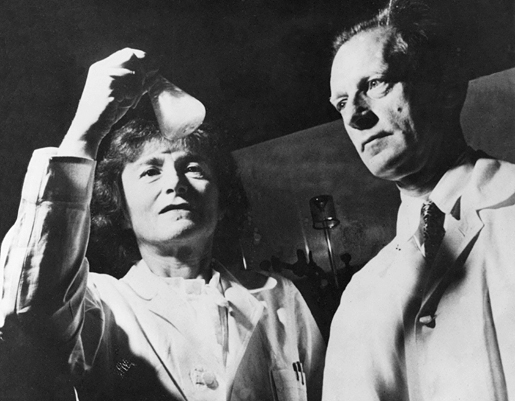
Gerty Cori
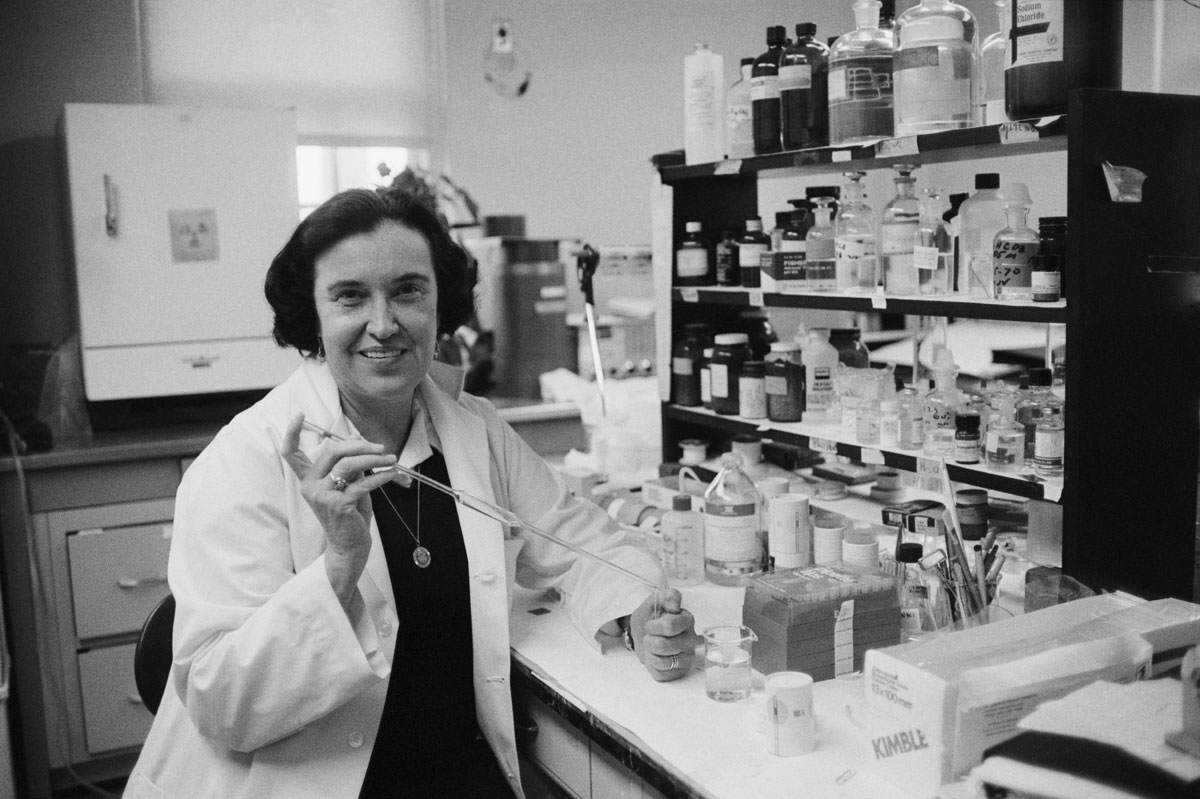
Rosalyn Yalow
Barbara McClintock - 1983
Barbara McClintock was a geneticist who discovered transposons, fragments of DNA that can move within an organism's genome. Her discovery was revolutionary because it showed that genes were not static, but dynamic, which influenced later studies on genetic mutations, evolution and inherited diseases. Her work on maize laid the foundation for understanding gene regulation in higher organisms and had an impact on agricultural biotechnology, helping to improve crops through genetic engineering.
Rita Levi-Montalcini - 1986
Rita Levi-Montalcini discovered Nerve Growth Factor (NGF), a protein essential for the development and survival of neurons. Her discovery was key to understanding neurodegenerative diseases such as Alzheimer's and Parkinson's, and has influenced the development of therapies for disorders of the nervous system. Her work has led to the development of experimental treatments aimed at regenerating neuronal tissues and mitigating the effects of brain ageing.
Gertrude B. Elion - 1988
Gertrude Elion revolutionised pharmacology with the development of innovative drugs. Her discoveries include treatments for childhood leukaemia, drugs to prevent organ transplant rejection and herpes antivirals. Her work laid the foundations for the development of new drugs through the rational design of molecules. In addition, her methods influenced the way modern drugs are discovered and developed, accelerating the production of new treatments.

Barbara McClintock
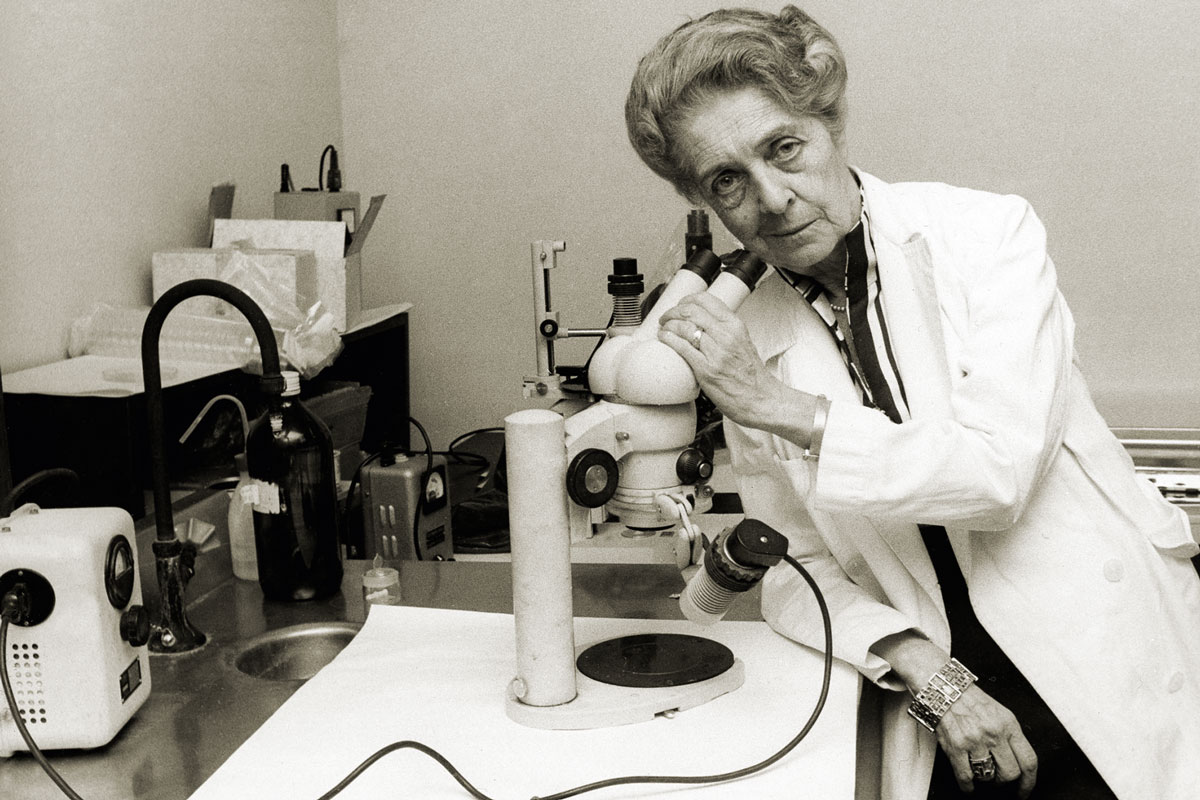
Rita Levi-Montalcini
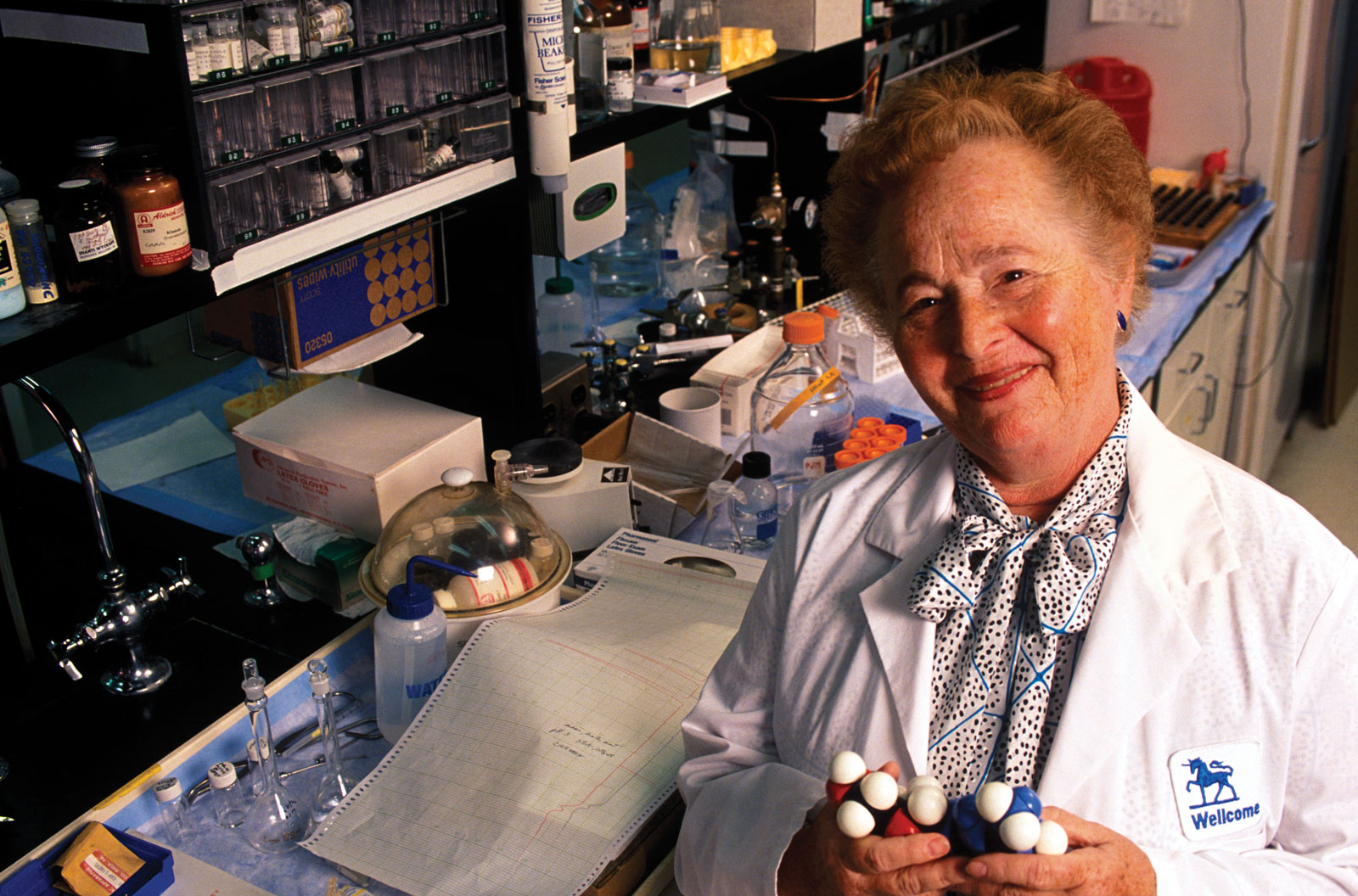
Gertrude B. Elion
Christiane Nüsslein-Volhard - 1995
Christiane Nüsslein-Volhard discovered genes essential for embryonic development in multicellular organisms. Her research with the fruit fly identified genetic processes that determine the formation of organs and structures in human development, helping to understand congenital defects. Her studies have been applied to research on congenital malformations and developmental diseases.
Linda B. Buck - 2004
Linda Buck unravelled the molecular mechanisms of the sense of smell. She identified a large family of genes responsible for olfactory receptors, explaining how the brain distinguishes thousands of different smells. Her findings opened the door to research into the neurobiology of the senses and the interaction between smell and human behaviour, such as the perception of pheromones.
Tu Youyou - 2015
Tu Youyou discovered artemisinin, a key compound in the treatment of malaria. Inspired by ancient texts in traditional Chinese medicine, she extracted the substance from the Artemisia annua plant and turned it into a highly effective treatment for a disease that affects millions of people every year, especially in developing countries. Her discovery has been instrumental in the global fight against malaria and has saved countless lives.
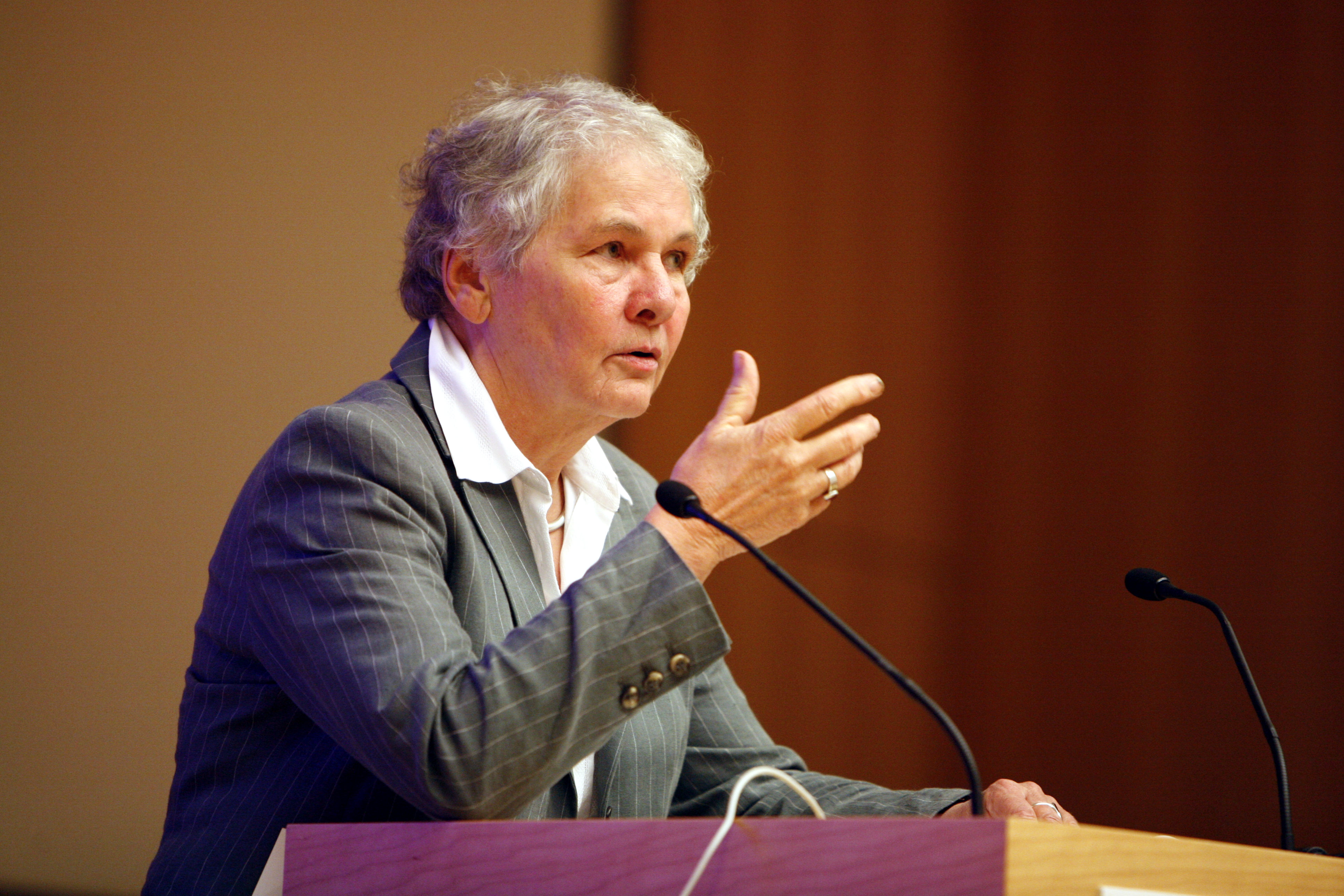
Christiane Nüsslein-Volhard

Linda B. Buck
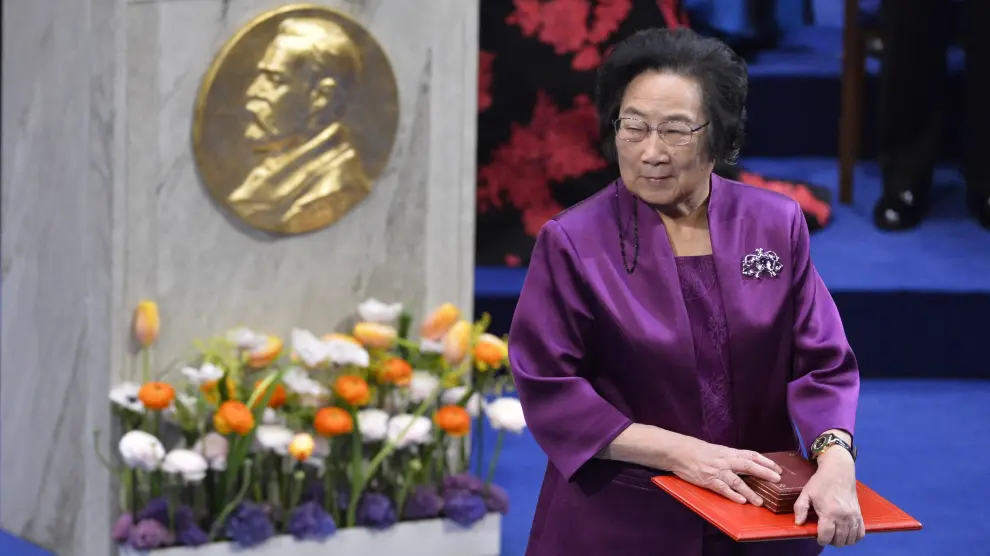
Tu Youyou
Emmanuelle Charpentier and Jennifer Doudna - 2020
Emmanuelle Charpentier and Jennifer Doudna developed CRISPR-Cas9, a gene-editing technique that allows DNA to be modified with unprecedented precision. Their discovery has revolutionised biotechnology and opens up new possibilities in gene therapy for hereditary diseases and in biomedical research. Their studies are driving new therapies for the treatment of cancer and rare genetic diseases.
Katalin Karikó - 2023
Katalin Karikó was the key scientist in the development of messenger RNA (mRNA), the basis for Pfizer-BioNTech and Moderna's COVID-19 vaccines. Her work, initially rejected by the scientific community, has proved crucial in the fight against pandemics and in the creation of new therapies for infectious diseases and cancer. Currently, her research is opening up new possibilities for treatments against various autoimmune and chronic diseases.

Emmanuelle Charpentier

Jennifer Doudna

Katalin Karikó
Conclusion
Women Nobel laureates in science and medicine have left an indelible mark on human history. Their discoveries have led to fundamental advances in biotechnology, pharmacology and modern medicine. Remembering them and recognising their work is essential to inspire future generations of researchers and scientists, ensuring that knowledge and innovation continue to transform the world.
At TECNIC, we are proud to be part of this technological evolution with our bioprocess equipment, designed to support research and the production of innovative therapies. Our bioreactors and tangential flow filtration (TFF) systems contribute to the manufacture of advanced medicines, helping to make scientific discovery a reality. Through our technology, we continue to promote excellence in biotechnology, offering solutions that optimise the production and scalability of treatments for the benefit of humanity.
Frequently Asked Questions (FAQ)
Thanks to their work, new therapies, advanced diagnostic methods and genetic tools such as CRISPR have been developed. They have driven advances in biotechnology, pharmacology and key medical treatments.
Throughout history, many faced discrimination, lack of recognition and limited access to education and research. Despite this, they achieved scientific breakthroughs. Lack of recognition and barriers to education and research.
Since 1903, more than 20 women have been awarded for their contributions in science and medicine. Marie Curie was the first to receive this award and the only one to win it in two different disciplines.More than 20 women have been awarded the prize, most notably Marie Curie and Katalin Karikó..
Marie Curie won the Nobel Prize in Physics in 1903 for her research into radioactivity, paving the way for future women in science.
Her studies on messenger RNA (mRNA) were key to the development of vaccines against COVID-19, transforming immunology.


